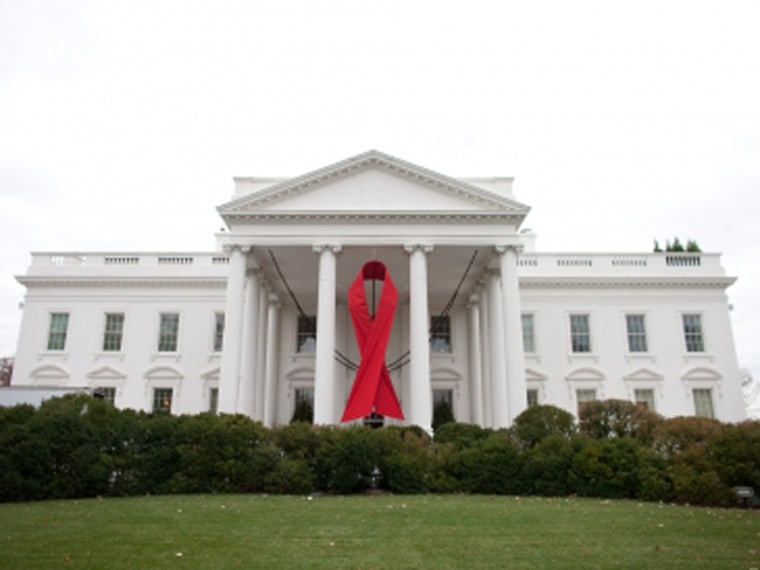Today marks the 25th anniversary of World AIDS Day, a time when the president urges Americans to come together in support of those affected by HIV/AIDS, and continue the commitment to a world free from the disease. Secretary of State Hillary Rodham Clinton echoed President Obama's views. "We have set the goal," she said. "We know it is possible. Now we have to deliver."
How optimistic should we be about efforts to combat HIV/AIDS?
Secretary Clinton reported earlier this week that UN AIDS statistics show a decrease by more than half in the rate of new HIV infections in 25 low- and middle-income countries, and that globally, new HIV infections are down 20% in the past 10 years. Domestically, the CDC estimates that while the total number of people in the U.S. living with HIV has increased, the annual number of new HIV infections has "remained relatively stable." The increase in total people living with the disease is attributable to better testing, as well as treatment options.
Despite improvements in test and treatment, here are still millions of people worldwide living with HIV/AIDS. In the U.S., 20% of HIV positive people are unaware that they are infected. msnbc's Thomas Roberts pointed out that CDC estimates also show new cases of HIV in the U.S. up by 72% in 2010 in LGBT men ages 13-24. In other words, despite progress on an international level, domestically there are some worrisome signs that young people, despite increased education, may be becoming dangerously incautious.
But while more measurable progress has been made in sub-Saharan Africa than in the United States, that's not to say that we aren't moving towards the goal of an AIDS-free world. In an interview with Thomas Roberts, filmmaker and AIDS activist Peter Salay said, "We are now seeing a completely unique moment in the [AIDS] pandemic filled with optimism...[because] we do have the tools to actually wind this down."
The tools? Better testing allows people to become aware of their infections early, which, combined with advancements in HIV/AIDS treatments, makes living longer with the disease a real possibility--one that many people couldn't have imagined three decades ago when the fight against HIV/AIDS first began.
But obstacles remain. Along with the optimism, says Salay, "there's an equal amount of frustration because we're lacking true leadership and we're lacking the dollars." He notes that part of what made the group ACT UP so effective in the 1980s and 90s was the activists' ability to persuade the government to spend money on the cause.
The 25th anniversary of World AIDS Day is a moment to reflect proudly on the strides that have been made. But it's not the time to become complacent.
